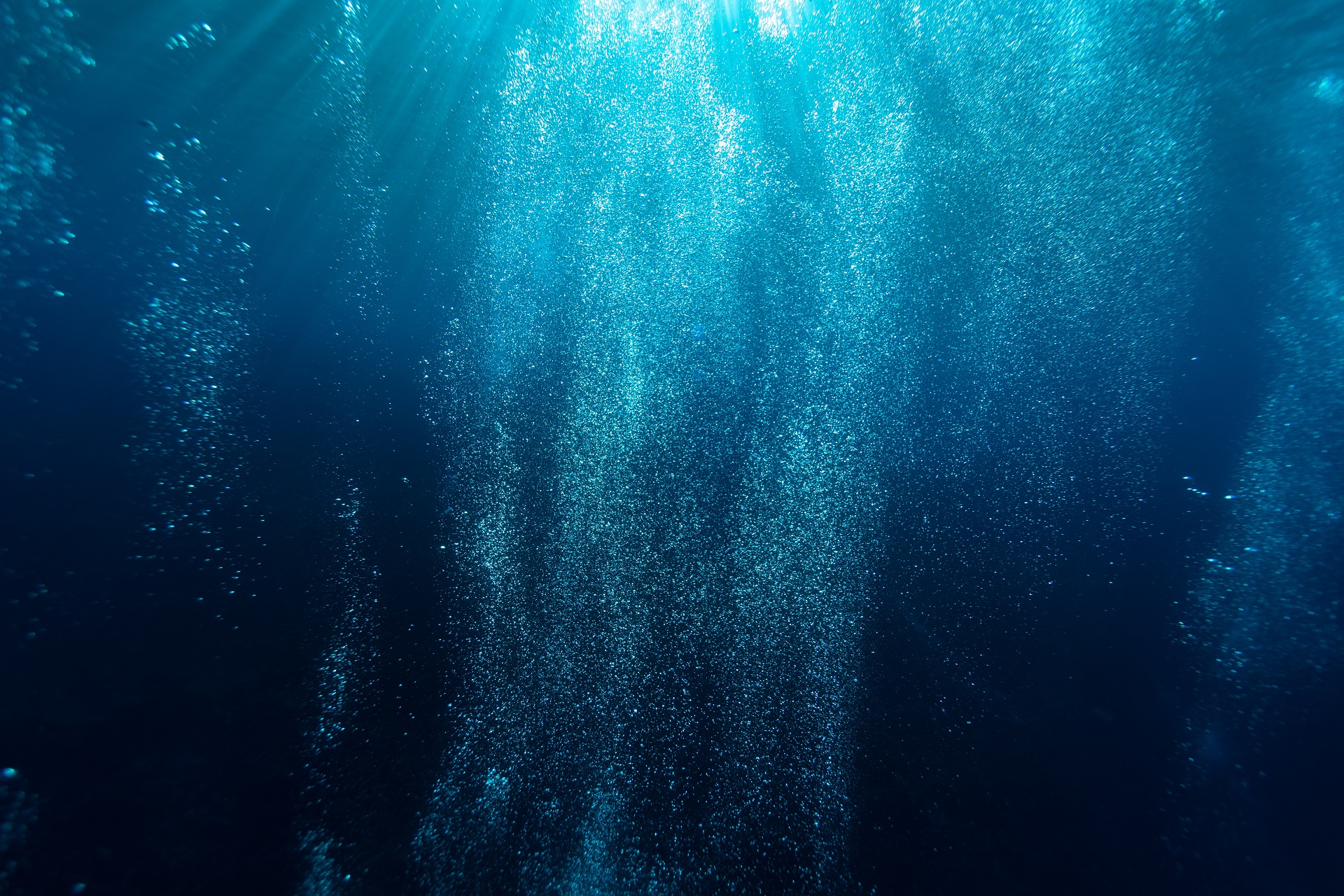
How Deep Is the Mariana Trench? FAQ About the World’s Deepest Ocean
We are reader-supported. When you buy through links on our site, we may earn affiliate commission.
With 80% of the ocean still a mystery to humans, it instills endless curiosity in those on the land about what could be down there. Off the coast of the Mariana Islands in the Pacific Ocean resides the Mariana Trench — or Marianas Trench — the deepest oceanic abyss in the world. How deep is the Mariana Trench? We know the answer. What all lives there? We know a little.
With so much of the sea undiscovered, how much do we know about these depths, and what could live so far below the surface?
How Deep Is the Mariana Trench?
The trench’s deepest point known is 35,876 ft deep, and this place is called Challenger Deep — after the first expedition that explored the abyss. Though, this number occasionally varies because pressure sensors sometimes read differently. Beside Challenger Deep is Sirena Deep, and it’s the second deepest point in the trench.
Even though the depth only equates to around seven miles, its width spans 43 miles and has a length of 1,580 miles. You can find it on a map south of Japan and east of the Philippines.
Though it is far too wide to sit cozily at the bottom, if humans transported Mount Everest to the bottom of the Mariana Trench, water would still cover it for thousands of feet.
Has Anyone Reached the Bottom of the Trench?
The first expedition in the HMS Challenger dates back to 1875, and humans have gone further down ever since. Human-operated and remote-operated missions have successfully reached the bottom. The bathysphere was the first deep-sea sub that hit bottom in 1960 and was crewed.
It doesn’t take as long to travel to the bottom as you may think — it would take a rock only an hour to sink into the freezing darkness.
The trench has a long history of robotic and human visitors. Even today, humans are still actively pursuing more knowledge from the abyss.
What’s at the Bottom of Mariana Trench?
Despite the intense conditions, life is at the ocean’s bottom. The high pressures combined with temperatures and darkness make the environment nearly impossible to adapt to, but luckily the creatures there have existed for millions of years.
Surprisingly, these creatures thrive despite the lack of food. The animals who aren’t predators often survive off eating chemicals like sulfur when food doesn’t sink from the surface. Most living beings in the deep are microbes, though others are among them. The types of creatures include:
- Xenophyophores: They are single-celled amoebas. Because of this, they are incredibly fragile and a challenge to analyze. They come in various forms, including sponges and discs.
- Amphipods: These are small crustaceans, though the trench is only known for a shrimp-like species called the hirondellea gigas that eat wood.
- Holothurians: These are tiny, bioluminescent sea cucumbers. They are plentiful and colorful with mind-boggling biology.
- Snailfish: As far as predators go, this is one of the most ferocious the trench has to offer. It is the deepest known fish, and despite its blindness and transparency, it thrives.
Unfortunately, creatures aren’t the only items hiding in the abyss.
Is the Trench Polluted?
Scientists discover a plastic bag lurking in photos in the Deep-Sea Debris Database. This reminds humanity of the pervasive nature of the trash crisis, one that even the darkest parts of the world cannot escape. Microplastics lurk everywhere in the ocean, and the trench is no different.
Because the creatures of the depths are so removed from humanity’s impacts, even a “minor” intruder like a plastic bag could be highly disruptive to their ecosystem that has gone untouched for so long. It might cause a chain reaction, and because this region of the sea is so understudied, it might be too late before we notice the major shifts pollution causes.
Other studies prove more than just shopping bags litter the trench. After nuclear testing, carbon-14 was found in the bodies of the deep sea creatures. The radioactive material puts them at risk, primarily since some species rely on floating carcasses and other debris from the higher waters to float down to them for dinners. With this in mind, it’s easy to see how pollutants from all over could make their way down.
How Cold is the Bottom of the Ocean?
The temperatures range from 34 to 39 degrees Fahrenheit at the bottom. However, the rest of the trench varies more drastically. Because of the steam vents throughout the trench, it could reach a scalding 572° F because of hydrothermal energy. Some species can withstand hot temperatures — up to 235° F — but not that hot.
These temperature variances, along with the bone-crushing pressure and total darkness, create an unpredictable and hostile environment. It is why it is so expensive and challenging to execute first-person research, even in submersibles. Creating the technology to withstand the environment is a delicate balance of engineering.
What if You Drilled a Hole at the Bottom of the Trench?
Many wonder if it is possible for humans to dig into the Earth’s core, and what could be a better place than the deepest part of the ocean?
Apart from overcoming the financial and environmental difficulties of building and operating a drill in an intense, high-pressure environment, the hardened sea floor could likely alter temperatures. Previous sea-drilling ventures uncovered sea floors that reached over 240° F. It’s hard to tell what effect this would have on the organisms used to the constant freezing temperatures.
Needless to say, it would probably be best if humanity just left the bottom of Mariana Trench alone without sending a massive environmentally damaging drill to satiate our curiosity.
Learning More About the Ocean Depths
As humanity keeps exploring the ocean, it’s impossible to know exactly what we’ll uncover. The Mariana Trench, though we’ve reached the bottom, still has plenty of unknowns left for the most curious minds. The more we know about the Mariana Trench, and the ocean as a whole, the more humans understand the world.
Share on
Like what you read? Join other Environment.co readers!
Get the latest updates on our planet by subscribing to the Environment.co newsletter!
About the author

Jane Marsh
Starting from an early age, Jane Marsh loved all animals and became a budding environmentalist. Now, Jane works as the Editor-in-Chief of Environment.co where she covers topics related to climate policy, renewable energy, the food industry, and more.





